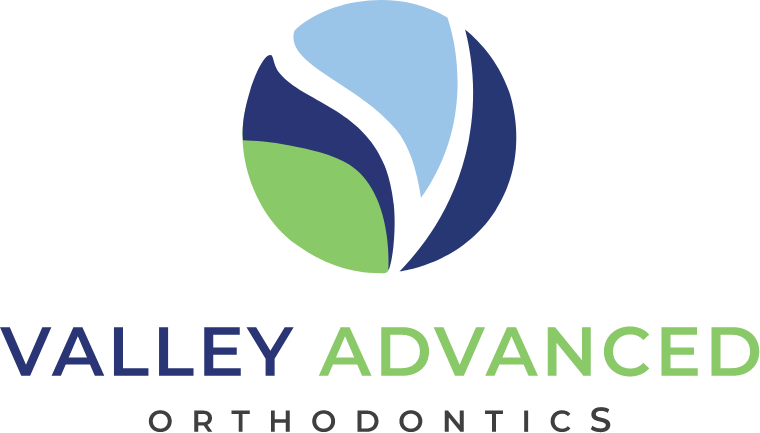As a board-certified orthodontist serving Harrisburg, Camp Hill, Mechanicsburg, Carlisle, and Enola, PA, one of the most common questions we receive is, “Invisalign vs Braces – which option is best for me?”
Both options can effectively straighten teeth, but they have distinct differences that might make one more suitable for you.
Let’s explore these differences to help you make an informed decision.
Braces vs Invisalign – The Basics
Traditional Braces:
- Consist of brackets glued directly to the teeth
- Connected by a wire that goes around them
- Available in different types: clear (for upper front eight teeth), silver, or gold brackets
Invisalign:
- Uses clear, removable plastic aligners
- Custom-made to fit your teeth
- Changed every 1-2 weeks as your teeth move
Appearance and Comfort
Braces are visible on your teeth, though options like clear or gold brackets can be less noticeable. Gold brackets, in particular, offer a warmer color that blends better with tooth enamel.
Invisalign aligners are nearly invisible, making them a popular choice for those concerned about the appearance of their orthodontic treatment.
Treatment Capabilities
Both braces and Invisalign can:
- Correct a wide range of orthodontic issues
- Work with rubber bands for additional correction
However, case selection matters:
- Braces are preferred for cases involving impacted teeth or orthognathic surgery
- Invisalign may be better for patients with clenching or grinding habits, as the plastic provides a cushioning effect
Daily Care and Maintenance
Braces:
- Always on the teeth
- Require careful brushing and flossing around brackets and wires
- Hygiene routine may take longer
Invisalign:
- Removable for eating and cleaning
- Must be worn at least 22 hours a day
- Aligners need to be kept clean and organized
Patient Compliance
Braces require less daily discipline from the patient, as they’re always working. However, patients must be diligent about oral hygiene and avoiding certain foods.
Invisalign demands more responsibility from the patient. You must remember to wear the aligners consistently and switch to new ones as directed.
Choosing Between Invisalign and Braces
The best choice depends on several factors:
- The complexity of your orthodontic case
- Your lifestyle and personal preferences
- Your ability to comply with treatment requirements
- Age (for younger patients, parents should consider their child’s ability to manage removable aligners)
At Valley Advanced Orthodontics, we offer both Invisalign and various types of braces.
During your consultation, we’ll assess your specific needs and help you choose the most effective treatment option.
Why Choose Valley Advanced Orthodontics?
- Experienced board-certified orthodontist
- Comprehensive treatment options including Invisalign and traditional braces
- Personalized care tailored to your unique orthodontic needs
- Convenient locations across Harrisburg, Camp Hill, Mechanicsburg, Carlisle, and Enola, PA
Ready to Start Your Journey to a Straighter Smile?
Whether you’re leaning towards Invisalign or traditional braces, the first step is a professional consultation.
We’re excited to offer new patients a FREE* 60-minute consultation (a $138 value)!
During this comprehensive session, you’ll receive:
- A thorough examination by a board-certified orthodontist
- Digital iTero scans of your teeth
- Discussion of Invisalign vs braces for your specific case
- A personalized treatment plan
- A detailed cost breakdown
Don’t miss this opportunity to get expert advice on whether Invisalign or braces are right for you.
Contact Valley Advanced Orthodontics to schedule your FREE* 60-minute consultation ($138 value).
Call us now at 717-963-3003 or fill out our online form to request your free consultation today!
Your perfect smile is waiting – let’s create it together!
*Disclaimer: A panoramic X-ray may be recommended during your consultation; if you choose not to proceed with treatment, you may be responsible for any portion of the X-ray cost not covered by your insurance.
